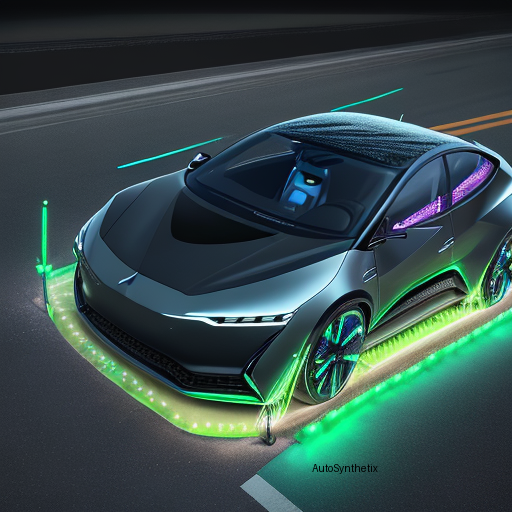Introduction: The world of automobiles has witnessed significant transformations over the past few decades, from fuel-powered vehicles to the advent of electric cars (EVs). As we delve into the real science and engineering that underpins these cutting-edge innovations, let's explore the current bottlenecks faced by EVs and future aspirations for their development.
1. The Basics: Understanding Electric Vehicles An EV functions through an advanced electrical system that replaces conventional internal combustion engines powered by gasoline or diesel. Instead, they rely on rechargeable batteries and electric motors to propel the vehicle forward. This technology not only reduces greenhouse gas emissions but also offers remarkable energy efficiency compared to traditional petrol/diesel counterparts.
2. Current Bottleneck: Battery Technology While EVs have gained considerable traction in recent years due to advancements in battery technology, there still exist challenges that hinder their widespread adoption. One primary bottleneck lies within the limitations of lithium-ion batteries – which currently serve as the backbone for most EVs - such as limited driving range, long charging times, and high costs per kWh. However, ongoing research endeavors aim to address these issues, including the exploration of novel materials like solid oxide electrolytes, silicon-based cathodes, and metal-air batteries.
3. Overcoming Energy Density Constraints Energy density plays a crucial role in determining the performance and practicality of EVs. Currently, existing lithium-ion batteries offer relatively low energy densities, limiting the maximum distance an EV can travel before requiring recharging. Scientists worldwide are working tirelessly to develop new battery chemistries and structures that significantly improve energy storage capabilities while maintaining safety standards. For instance, researchers are investigating the potential of solid-state batteries, supercapacitors, and hydrogen fuel cells as viable alternatives.
4. Charging Infrastructure Development Another critical aspect influencing the growth of EVs is the availability and accessibility of charging infrastructure. While many countries now boast extensive networks of public chargers, particularly in urban areas, the need remains for further expansion across rural regions and highways. Moreover, developing fast-charging technologies capable of rapidly replenishing batteries without compromising their longevity will enable longer trips between charges, alleviating consumer concerns related to range anxiety.
5. Future Goals and Advancements As scientists continue to push boundaries and innovate in various fields, several exciting developments promise to revolutionize the EV landscape even further. These include: a) Solid State Batteries: Researchers hope to overcome the flammability risks associated with liquid electrolyte systems found in present-day lithium-ion batteries by employing solid state electrolytes instead. b) Quantum Technologies: Harnessing quantum mechanics could lead to breakthroughs in energy conversion and storage devices, potentially offering unparalleled power density and increased battery life. c) Renewable Integration: Integrating renewable energy sources into the grid system will allow EVs to charge using clean electricity generated from wind, solar, or hydroelectric power, reducing reliance on fossil fuels altogether.
Conclusion: In summary, the electrification of transportation marks a pivotal moment in human history where advances in both science and engineering converge to create sustainable solutions for our planet. Despite facing numerous challenges, continuous innovation and collaborative efforts among experts pave the way toward a greener, cleaner, and more efficient automotive industry. With every stride made towards overcoming these obstacles—whether it be improving battery technology, expanding charging infrastructures, or exploring revolutionary concepts—the dream of realizing fully autonomous electric fleets becomes ever closer to reality.
